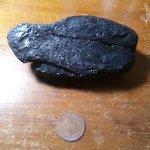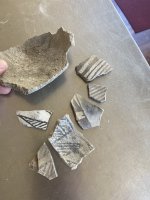My metal detector found this rock in the creek today
my rock Id app says this is a Tektite but I google Tektite and they are gravel
this rock weighs 45 pounds and is heavy and has a face
how could this be Tektite
what kind of rock is this?
why is my metal detector \going crazY ON IT and pinpointer
please help
the face on it is cool
Thanks
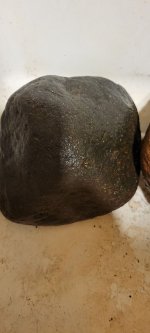
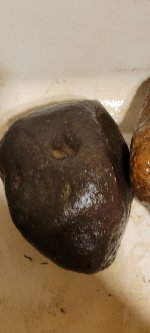
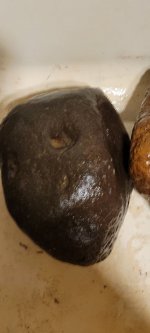
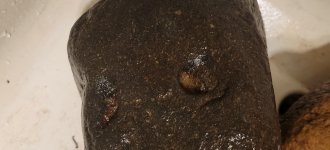
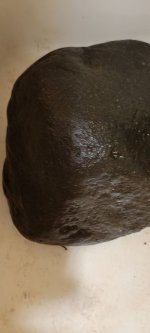
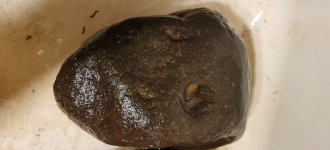
my rock Id app says this is a Tektite but I google Tektite and they are gravel
this rock weighs 45 pounds and is heavy and has a face
how could this be Tektite
what kind of rock is this?
why is my metal detector \going crazY ON IT and pinpointer
please help
the face on it is cool
Thanks










